|
I can attest to the fact that parts of Basilicata, a southern region of Italy, are very rugged, especially true of the area surrounding the villages of Castelmezzano and Pietrapertosa, tucked at the top of dolomite, jagged cliffs. These towns draw extreme sports enthusiasts with their Vol dell 'Angelo (Flight of the Angels), a high speed face down zip line hung between the two towns' clifftops. 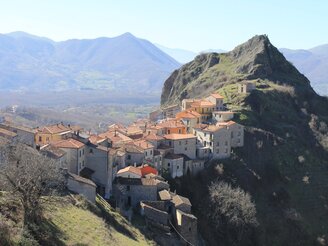 Sasso di Castalda Sasso di Castalda There is lot in this region for the extreme sport or outdoor enthusiast: canyons, gorges and white water streams, biking through high mountain pastures while passing donkeys, sheep, cattle, ghost towns, and castle fortresses on hilltops... cross-country skiing in winter, and hiking and trekking trails, one of which brings you to a mountaineering-style cable bridge, hanging in between two mountains, 360 feet above the gorge and river below... Ponte della Luna (Bridge to the Moon) is accepting the first adventurers today--April 6th--who are brave enough to carefully walk across it's 900 foot span for a 30 minute, breathtaking experience. Safety equipment is required, but can be rented at the ticket office. There are 600 metal steps about 18 inches apart, which seem invisible when looking down, thanks to their open grid design. The views of the rustic village of Sasso di Castalda are amazing, but one shouldn't get too distracted! Open every day from 9am to 5pm € 15 adults € 10 children under 14 years Group discounts available Ponte della Luna Website When visiting Naples, Sorrento, Capri, the Amalfi Coast and Salerno you should definitely allow a bit more budget for traveling by ferry. These are not the smaller water taxis, which run shorter distances on small open cockpit boats from one town to the next, but rather are much larger, more stable boats that carry people from Naples all the way around the Amalfi Peninsula to Salerno. You can plan a trip around these ferries, staying in Naples for a few days, then Sorrento for a couple of nights, then a week on the Amalfi Coast towns in a villa high above the sea. The ferries are convenient, fast (very fast with the hydrofoils, but at a higher cost) and leave virtually every hour. You can leave from Naples and arrive in Capri in 1 hour 20 minutes, or cut that down to 50 minutes with a hydrofoil. Most coast towns have ferry ticket kiosks at their port.
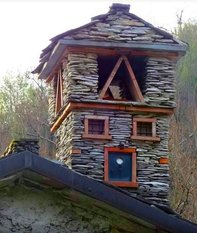 Isola Santa is a very old, Medieval village, built around a hospital for travelers and pilgrims on a cliff overlooking the river Turrite Secca. Before 1950, the borgo was sitting on top of an outcropping, but the construction of a dam for hydroelectric power and the resulting man made lake put the buildings at the level of the lake. The hydroelectric project forced the inhabitants to leave their homes. In recent years, a restoration project brought life again on the shores of the lake but Isola Santa has the feel of a Ghost Town, with most of the houses laying empty and only a few trout fishermen and trekkers passing through. The surrounding forest is full of chestnut trees and porcini mushrooms. 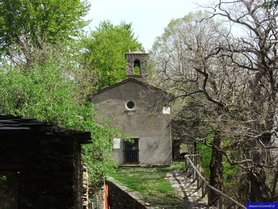 Church of San Jacopo Church of San Jacopo Although tiny, the place is magical and very photogenic. The Church of San Jacopo, built in 1260 boasts a wonderful bell tower, and there is even a restaurant to indulge in a meal or two--Casa del Pescatore. Hikers and climbers can head off toward the peaks of the Apuan Alps from the village. And although it might look like snow in summer, those mountains are made of marble, as is nearby Carrara where Michelangelo saw his David in a huge chunk of the white stone. This is also Karst country--making this an area rich with caves. Worth a visit is the impressive Grotta del Vento (on Garfagnana), and the 1 mile long Antro del Corchia, which is the widest cave of whole Europe (on Versilia). This cave system contains over 30 miles of chambers and tunnels in its system. The Karst geology in the area also created streams that disappear into underground caves, only to reappear elsewhere as springs. Just before reaching Isola Santa is La Pollaccia, one of the more important natural springs in Italy. If you are into hardcore mountain climbing, this is really the area for you. The mountains are rugged, they are world class with many peaks requiring a high level of climbing skills and equipment. If you're up to it, think about climbing Monte Forato just to the south of Isola Santa. It's got a prize at the top--a huge, natural land bridge forming a hole right through part of the ridge.
--Jerry Finzi Piazza dei Miracola, Pisa Most people spend about a hour visiting the Piazza and taking their iconic "hold up the Tower" photos. If you would like to spend more time in Pisa, it is a beautiful town, looking similar to Florence as you stroll the banks of the River Arno. You can also buy timed tickets to climb to the top of the Tower. But a better plan would be visiting the Leaning Tower in the early morning or late afternoon (when cruise ship tours are not there) and plan a day visiting nearby Lucca. If driving, there is a pay-parking lot a block from Piazza dei Miracola. St. Peters Square & Basilica, Rome If you want to visit the Basilica, it's free because it is a functioning Church, but you will have to wait on very long security check lines--often three hours! Bring water in hot months. It's a magnificent--if overly opulent--piece of architecture and the seat of Christianity, but if you are going to pray, you might not find peace here. It is very crowded, noisy and there are signs warning of pickpockets. If you want to visit for religious reasons, do so on Wednesday mornings when the Pope has his Papal Audience and addresses the faithful in the Piazza. There are free tickets for seats that you should obtain well before your trip and then you should arrive 1-3 hours before the Audience. Bring water, sunscreen and perhaps an umbrella--the Piazza can be very hot. Tickets do not guarantee a seat, but there is standing room for 80,000 people in the Piazza. Sistine Chapel, Vatican Museum, Rome Don't expect to have a personal experience in the Sistine Chapel where you can sit and ponder the glorious creation of Michelangelo. Years ago, people would lie on the floor with binoculars and spend hours looking at the details. Those days are gone. Large tour groups are hustled in--and out--along with "private" tour groups (we had a private tour). They allow about ten minutes, and most of this is spent sweating, listening to the cackling crowd, with Oriental tourists donning hats, unaware that they should be removed when in a Catholic chapel of worship. And just try to get a seat on one of the side wall marble benches. If you want to savor the Sistine Chapel in both high resolution detail views and in 3-D, click HERE. Spanish Steps, Rome The Steps are in a chic shopping district where you might not be able to afford their offerings. There is poet John Keats' home above, an English tearoom nearby, a beautiful Fountain of a Roman Galley below and lots of tourists taking the load off their weary feet. I don't see the attraction. Colosseum, Rome It's easier to buy your tickets at the entrance up the hill slightly at the entrance to Palatine Hill. The 2-day tickets are good for the Hill, the Forum and the Colosseum. I suggest making your visit to the Colosseum in early morning (stand on line at 8am) or 1-2 hours before they close. Avoid the middle of the day, especially in summer--there is no shade. Pantheon, Rome One of the best and most interesting times to visit would be in the middle of a rain storm... the rain falls to the marble floor from the 27 foot occulus above making a beautiful sound. High noon would be best to see the sun shine straight down. Beware of pickpockets inside this functioning church! The piazza outside is lively and worth a visit. To avoid crowds, early or late in the day is best. Piazza San Marco, Venice Stay clear of Rialto and San Marco--that's where most tourists flock. Instead, check out San Giorgio Maggiore, the island just across from San Marco. Enjoy the views looking back at the Campanile. The colorful island of Burano is also worth a visit. Wander the back streets and alleys of Venice to avoid the crowds. Later in the afternoon when the cruise ship groups have gone is much more calm. Trevi Fountain, Rome Very early in the morning, or late evening is best, otherwise you will have to wait your turn to get close to the edge of the Fontana to ensure your return to Rome by the traditional coin toss. Cortona (of Under the Tuscan Sun fame) There are many other amazingly beautiful Tuscan hilltowns worth visiting other than this over-hyped, buss tour destination town. Try Pienza, for instance. Vatican Museum, Rome Almost nothing helps avoid the crush of people and the large tour groups. If you book a Private Vatican Museum Tour, talk him into getting you to the Sistine Chapel ASAP, if you want to savor it without throngs of disrespectful tourist groups, otherwise, the rushed tours will eventually swallow you and your "private tour guide" up. Juliette's Balcony, Verona Skip it entirely. Consider that Romeo and Juliette are fictitious characters. No one named Juliette ever lived here, and there is no evidence that Shakespeare ever stepped foot in Italy. Bus tours dump throngs of people off here to pay an entrance fee to a house that has nothing to do with Juliette, and they grab and polish Juliette's bronze boob on the statute below. Teens write love notes and post them on the wall with chewing gum. Get tickets for an opera in Verona's Roman arena instead. Uffizi Gallery, Florence Very early in the morning (8am) or late in the afternoon (5pm) will be less crowded. Michelangelo's David - Accademia, Florence Accademia tickets are to be reserved (by scheduled time) way ahead of your visit. Later in the day is best to avoid crowds. Shopping in Florence Save your shopping for the Oltrano district, on the other side of the Arno River and avoid the tourist counterfeits and shoulder-to-shoulder crowds. You will find authentic craftsmen for leather, jewelry, ceramics, clothing and more in the Oltrano. Gondola ride in Venice Try to get a gondola ride later in the afternoon when the tour buses have left to avoid a traffic jam on the canal. Ischia beach, Naples This is where locals go--way too many of them. The beaches on the mainland due north of Ischia are much less crowded. Driving the Amalfi Coast Road The roads are extremely narrow with enormous traffic in the high season. Large buses, motorcyclists, bicycles and tandem 18-wheelers make it terrifying to some. The town of Amalfi is a tacky tourist trap. Go to Atrani, Cetera, Minori or Maiori instead. Head to Vietri sul Mare for the best ceramics. If you do drive, rent a small car! Pompeii Archeological Site Buses dump off large tour groups from cruise ships. Late afternoon visits are best. Bring a refillable water bottle and use the many fountains around the site. There is an Auto-Grill on site for lunch. Wear comfortable shoes--walking on uneven, 2000 year old paving is rough going in Pompeii. La Bocca della Verita Grand Voyage Italy's mascot, the Bocca della Verita (Mouth of Truth) is well worth the visit. It's very close to the Roman Forum and across from the Temple di Vesti. It's worth the ten to fifteen minute wait on line to test your truthfulness by placing your hand in the Bocca's mouth. If you leave with your hand intact, you're a truthful person. The chapel inside is worth a visit, too. --Jerry Finzi Copyright 2017, Jerry Finzi/Grand Voyage Italy - All Rights Reserved
|
Categories
All
Archives
May 2023
|

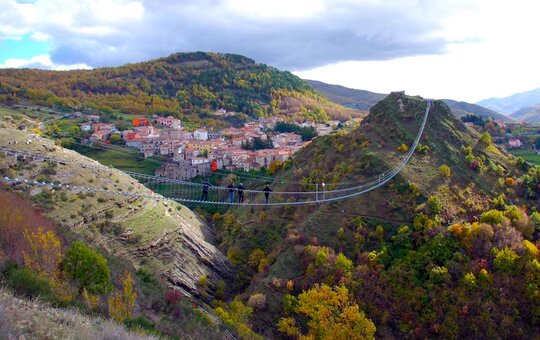
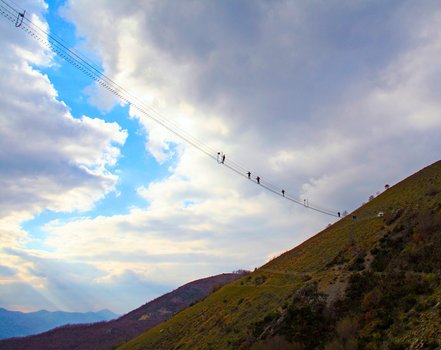
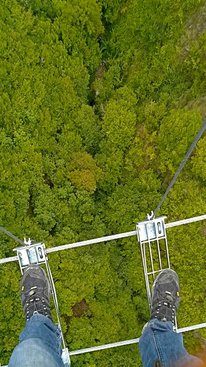
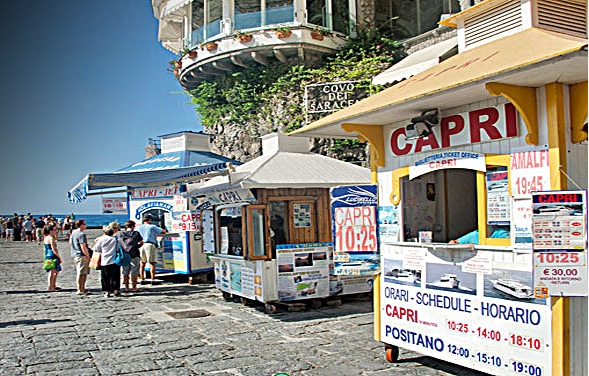
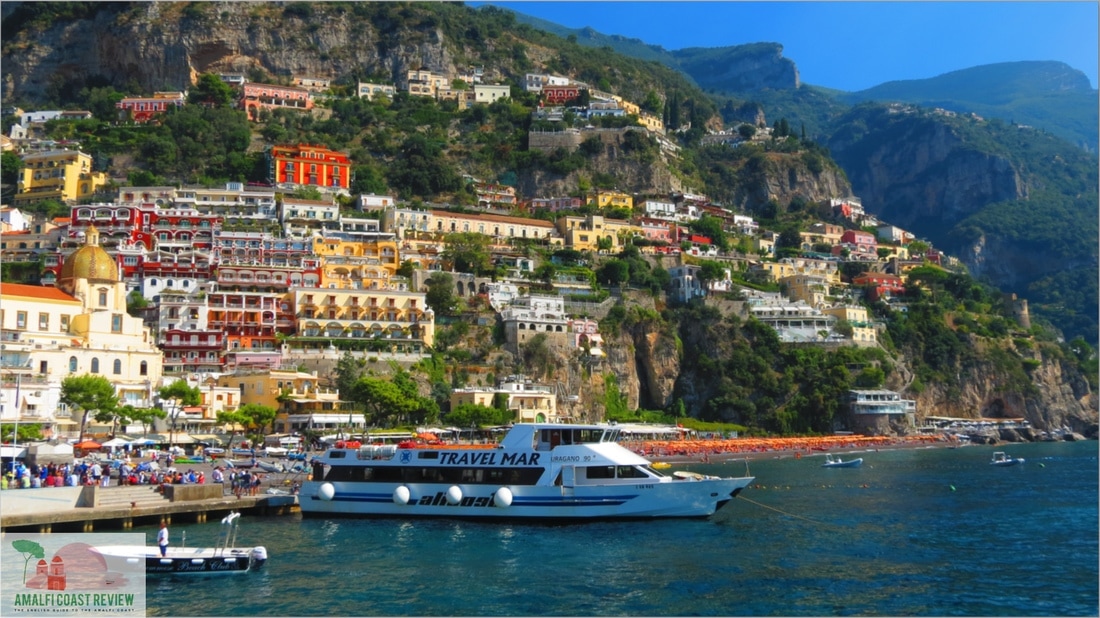
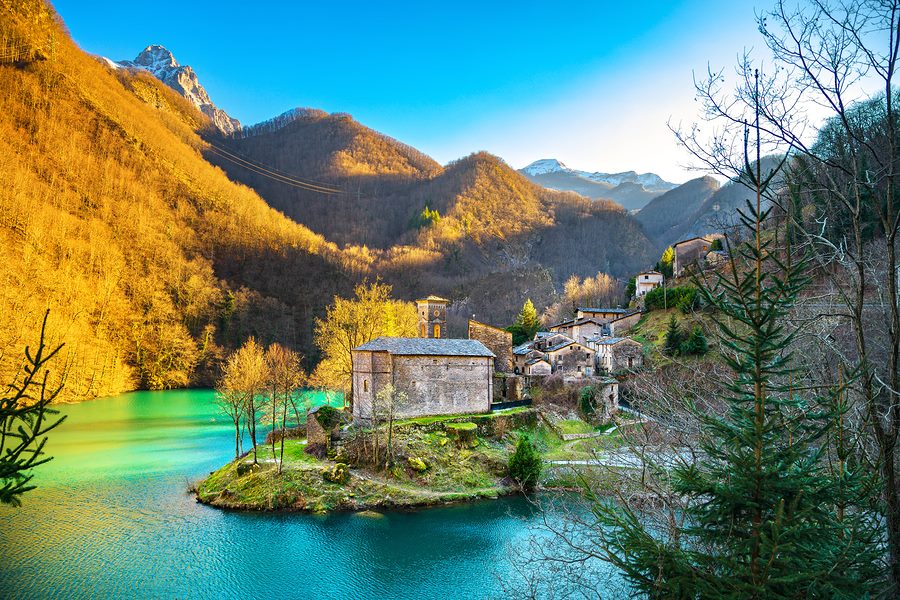
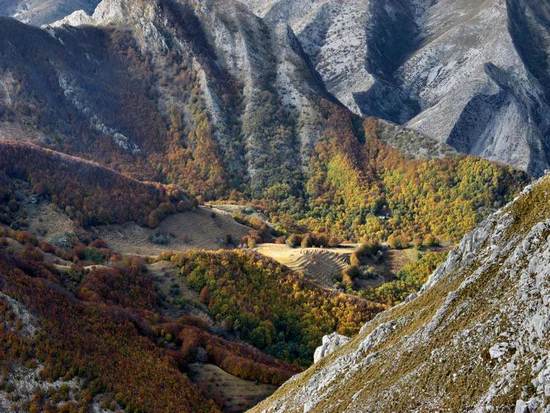
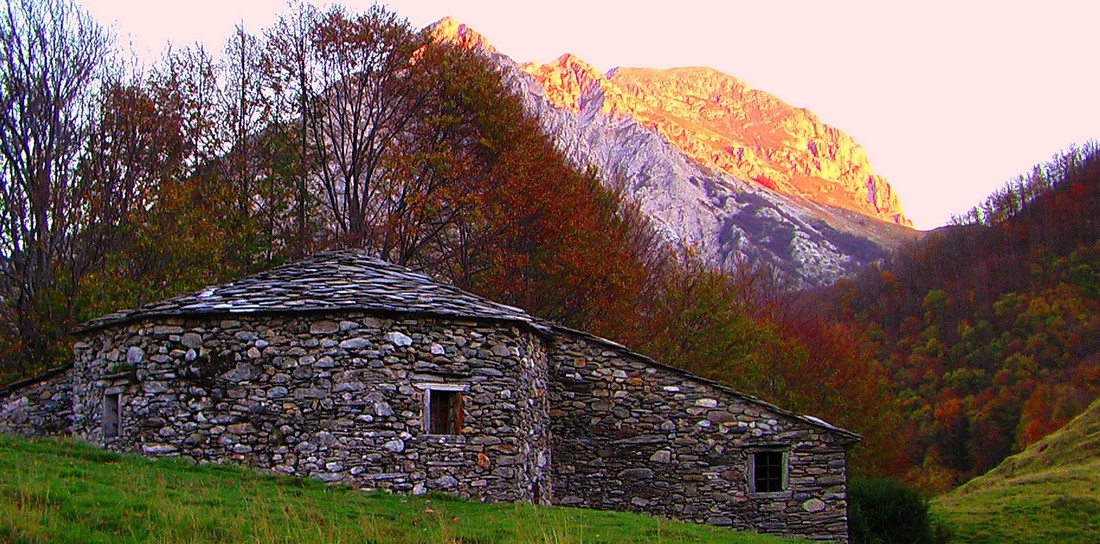
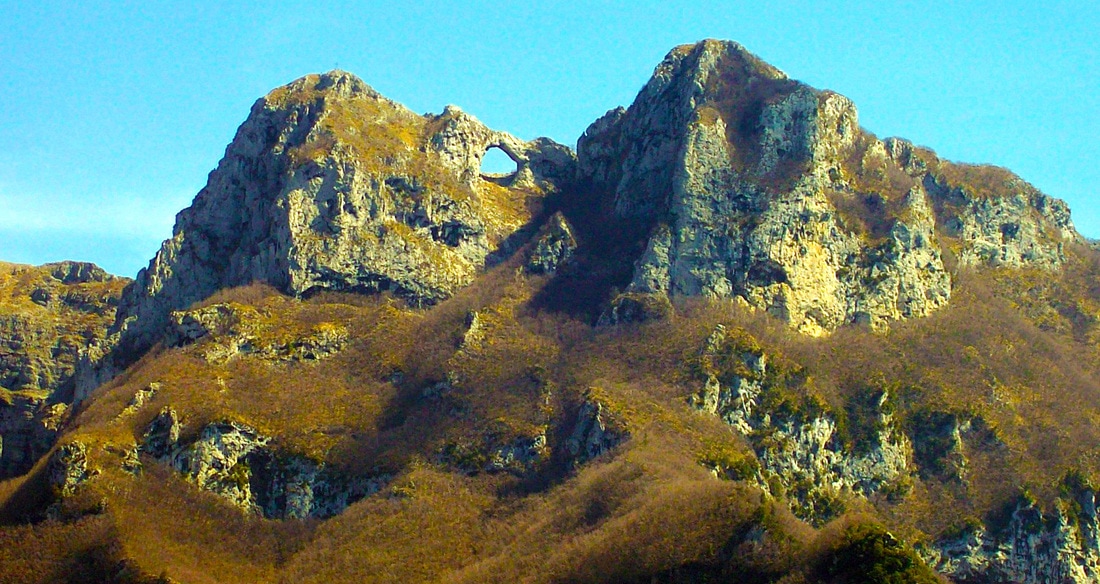
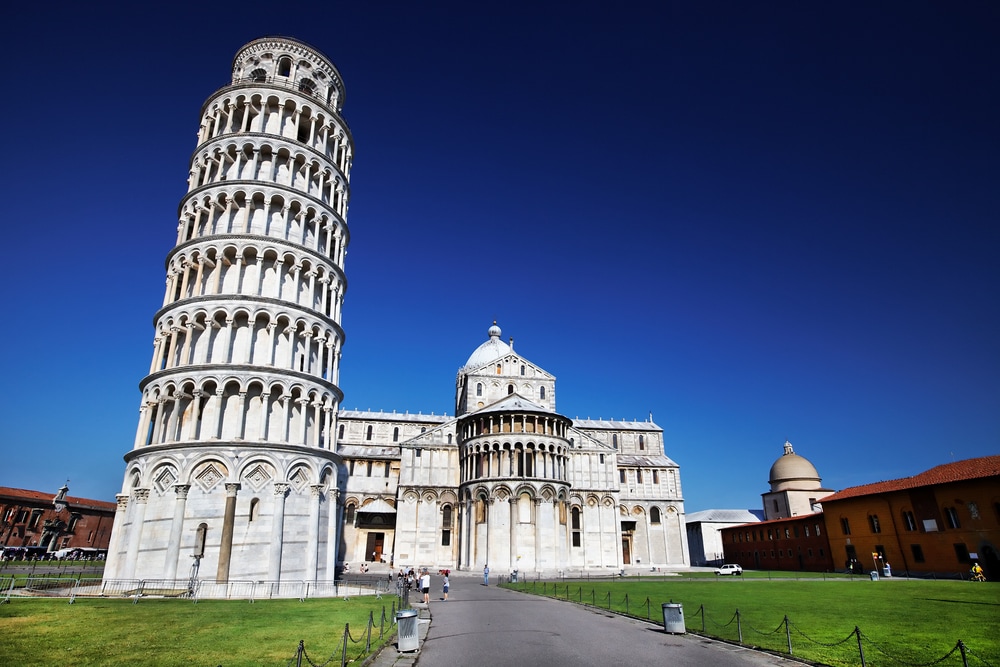
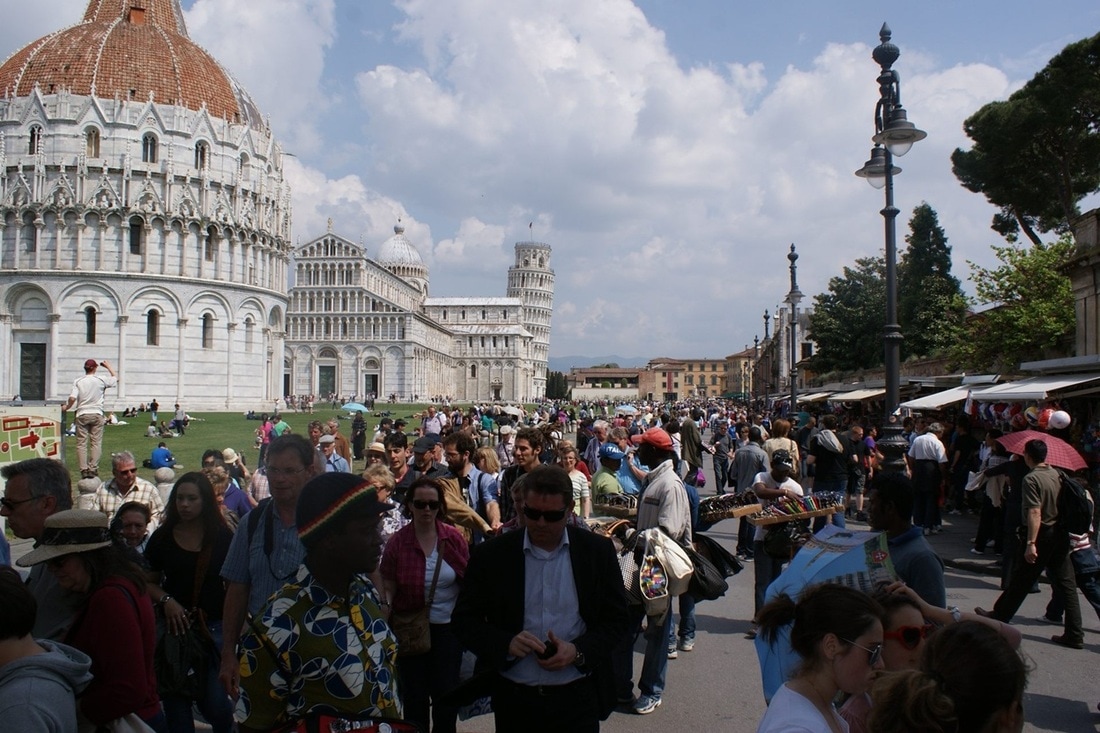
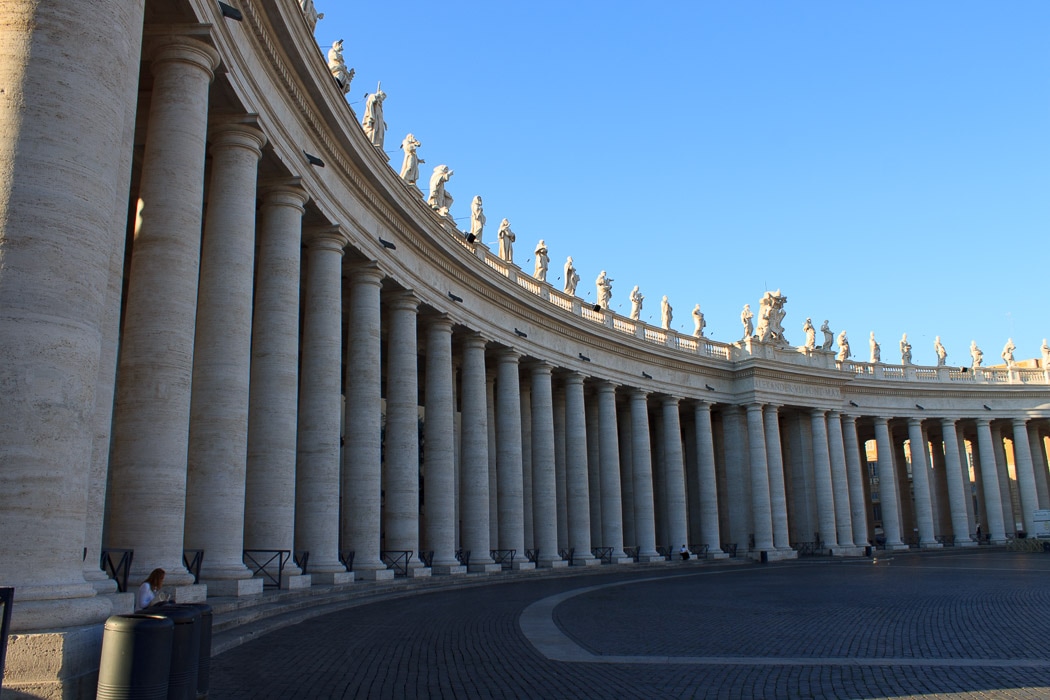
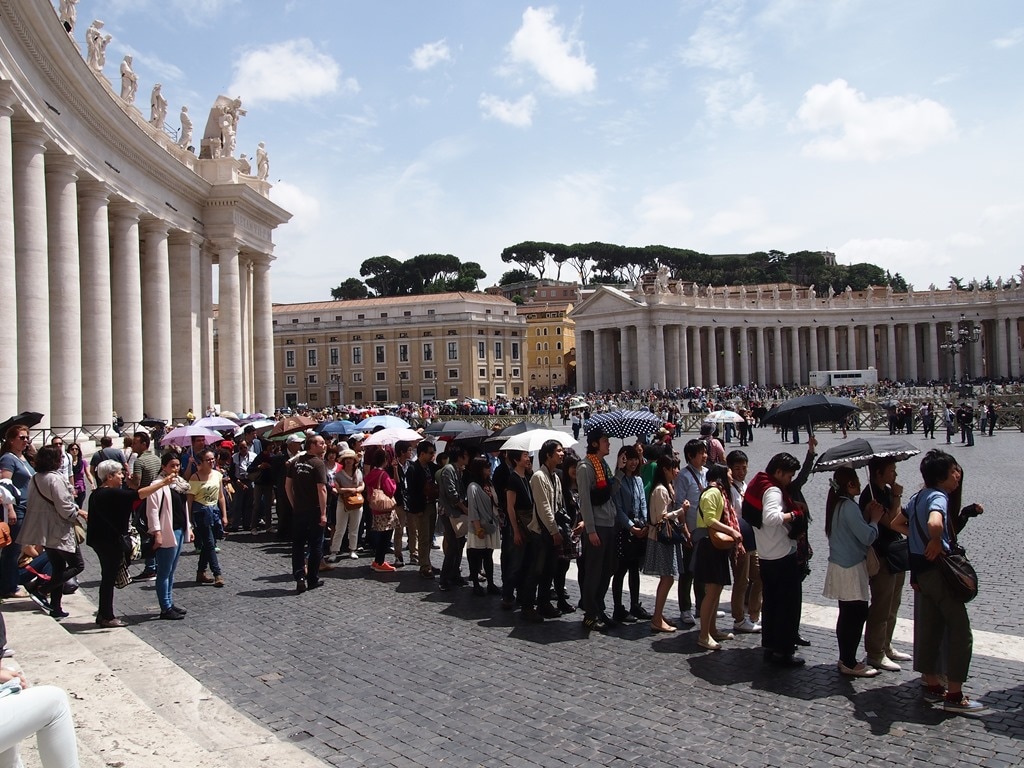
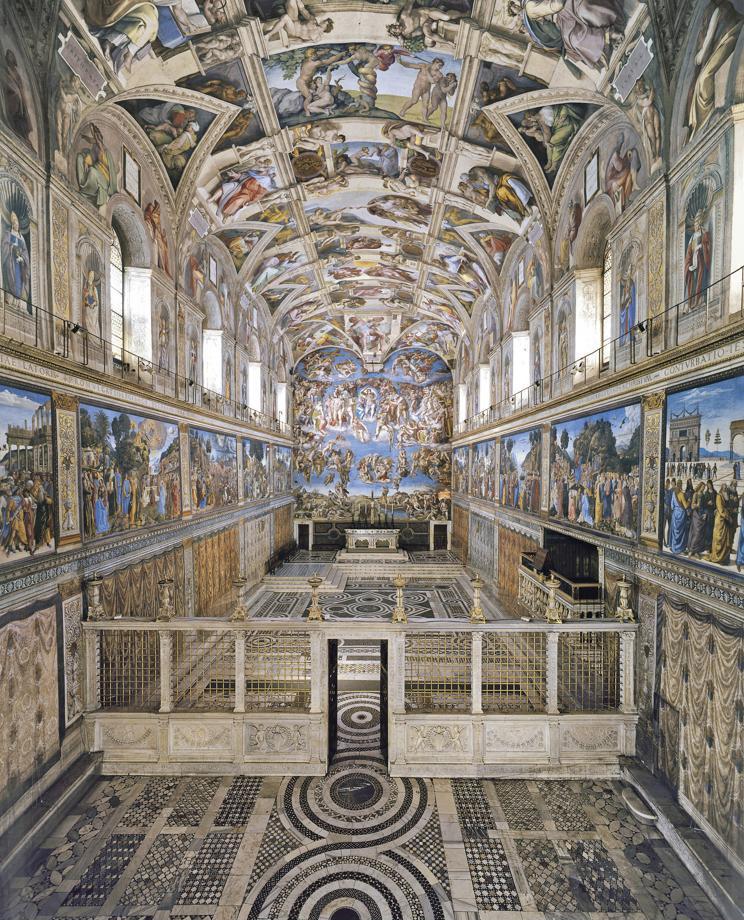
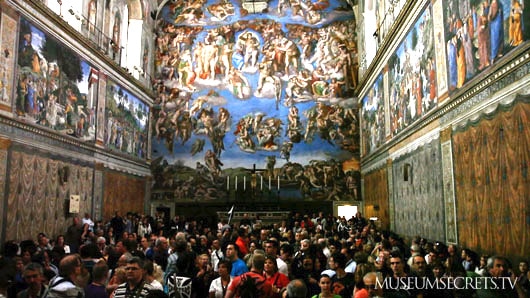
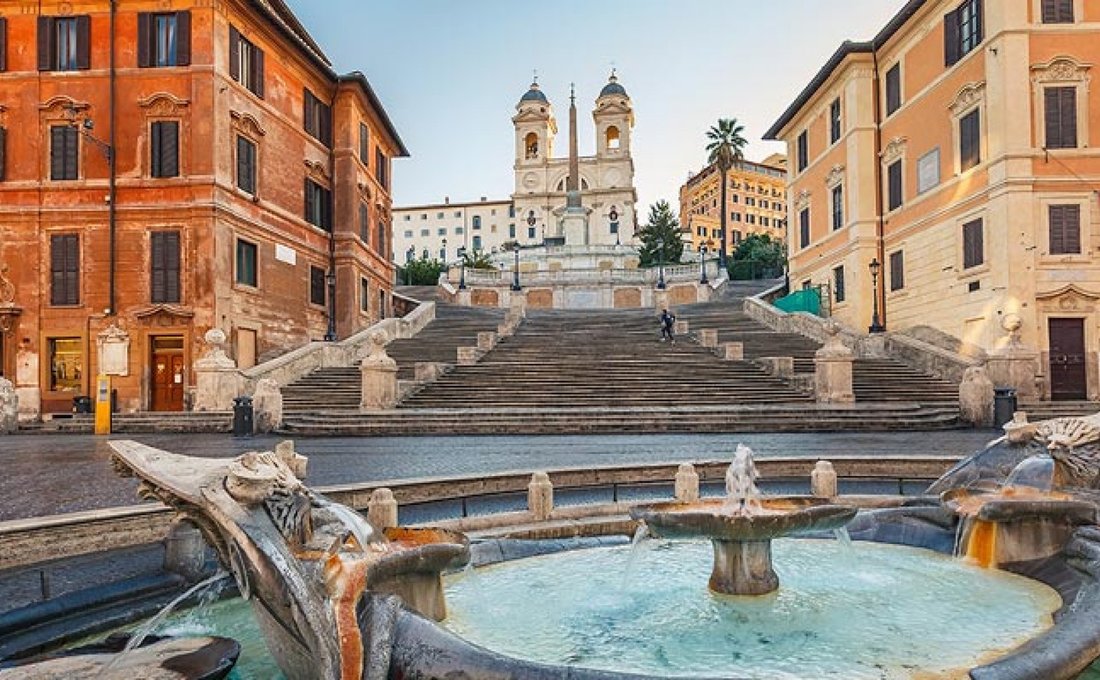

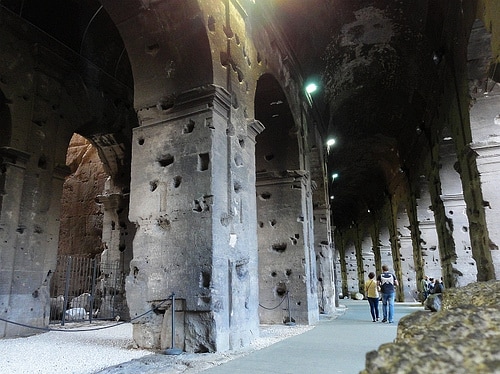
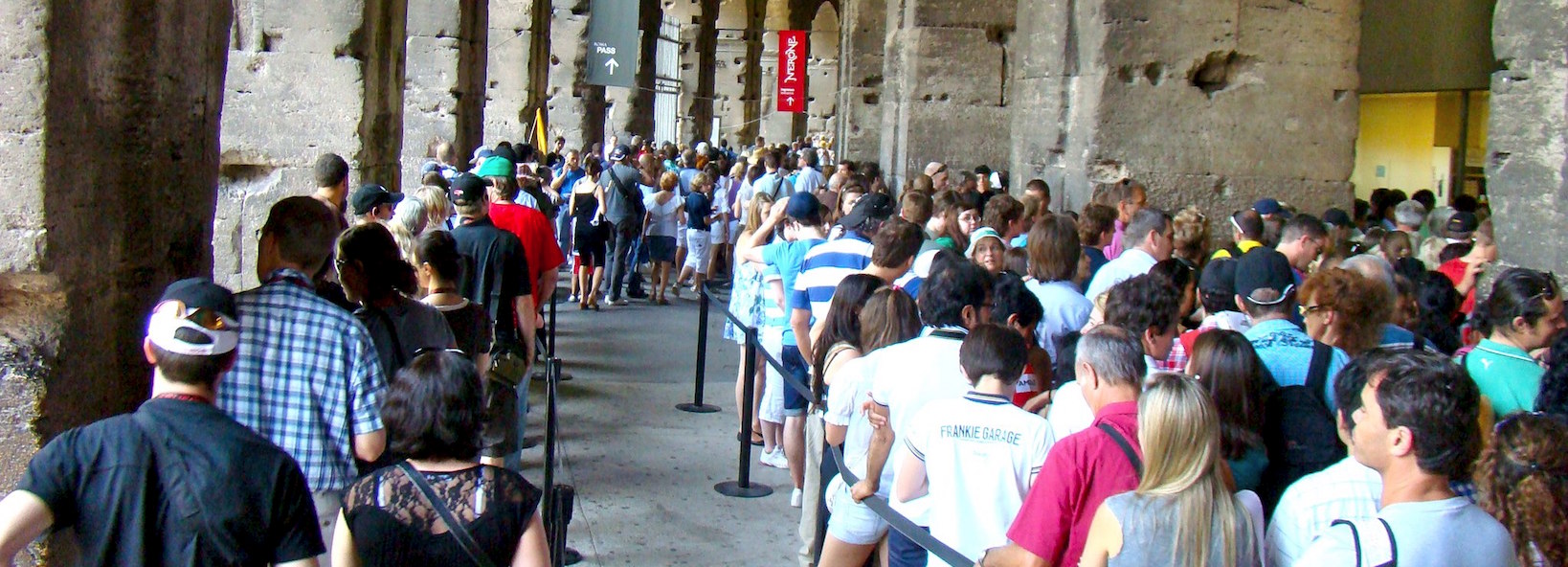
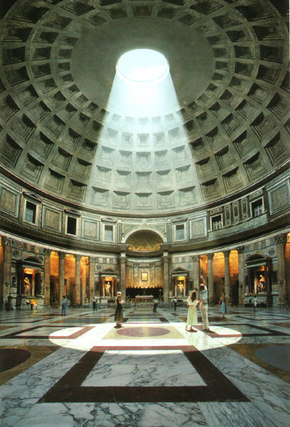
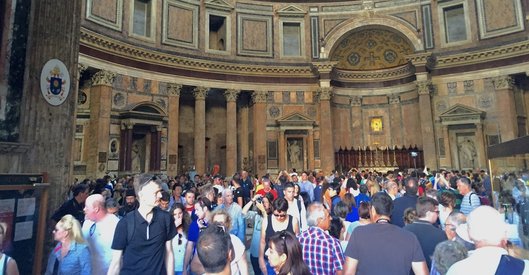
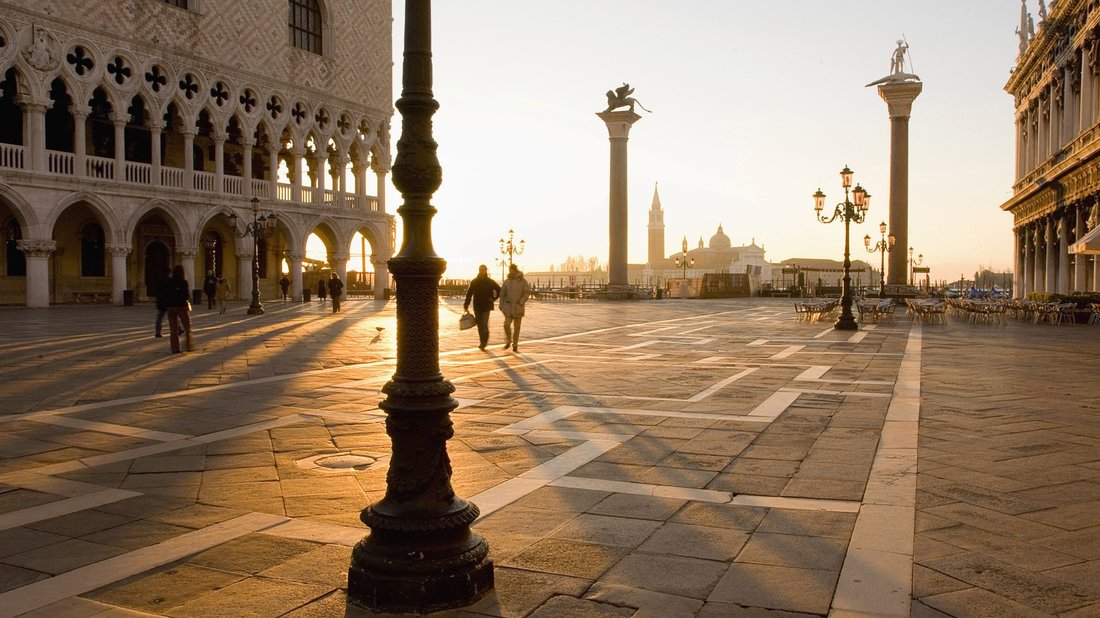
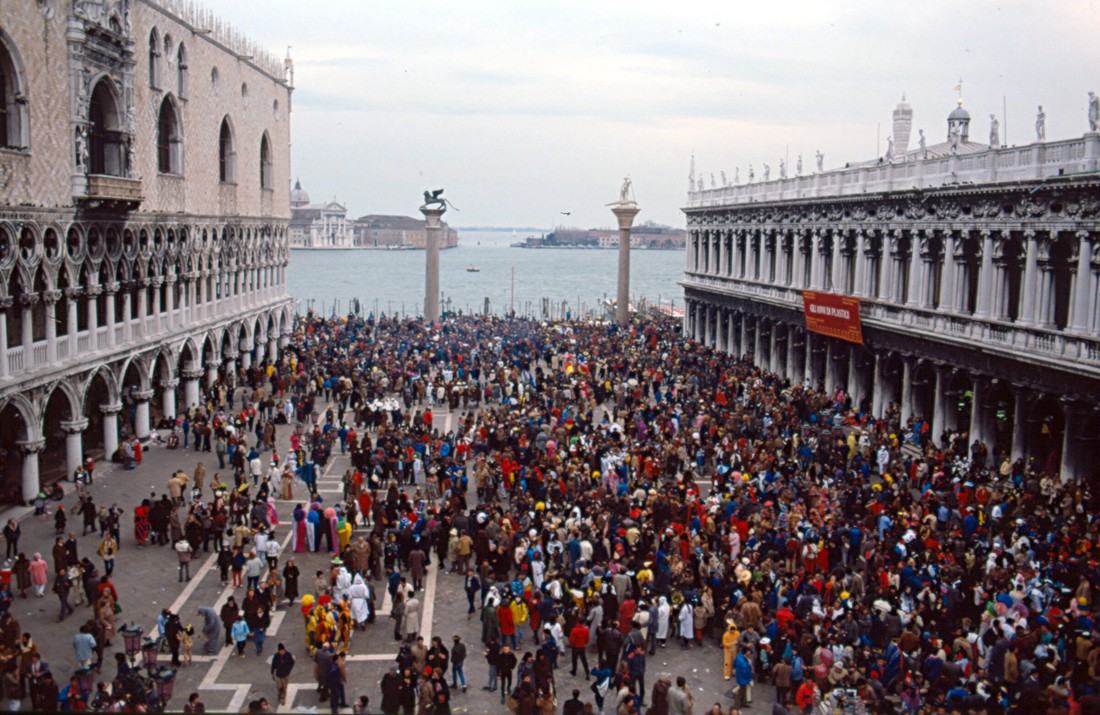
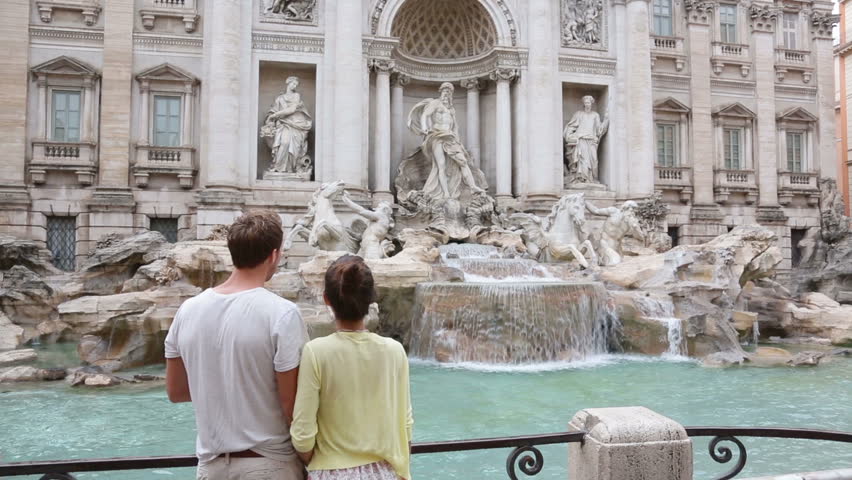
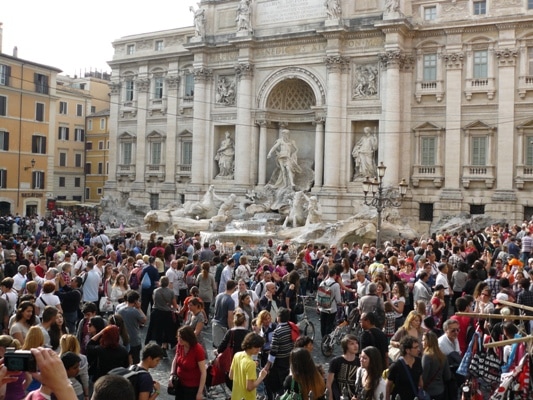
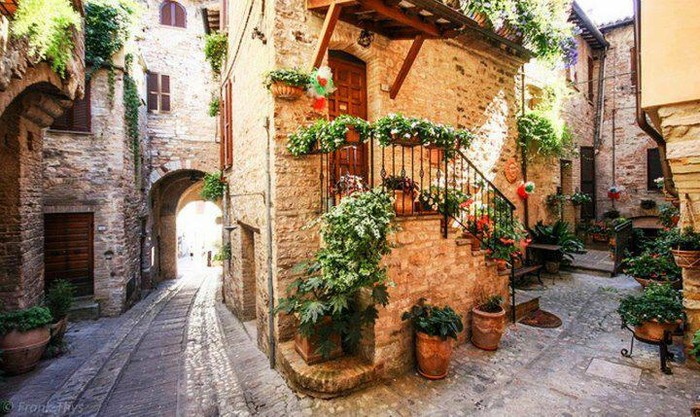
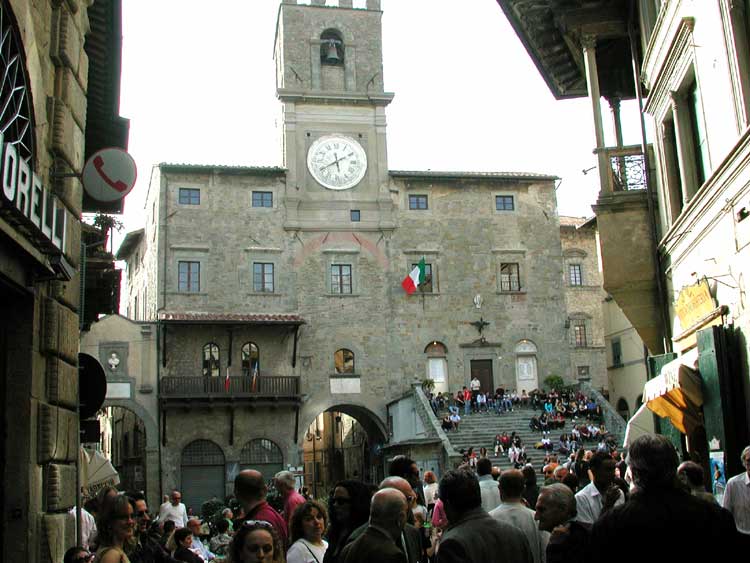
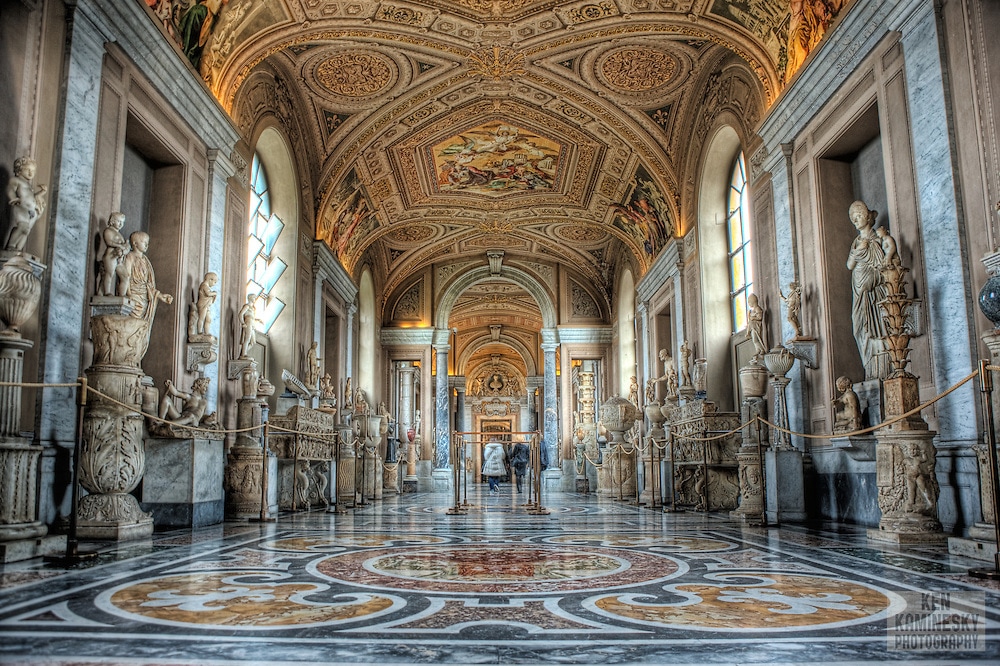
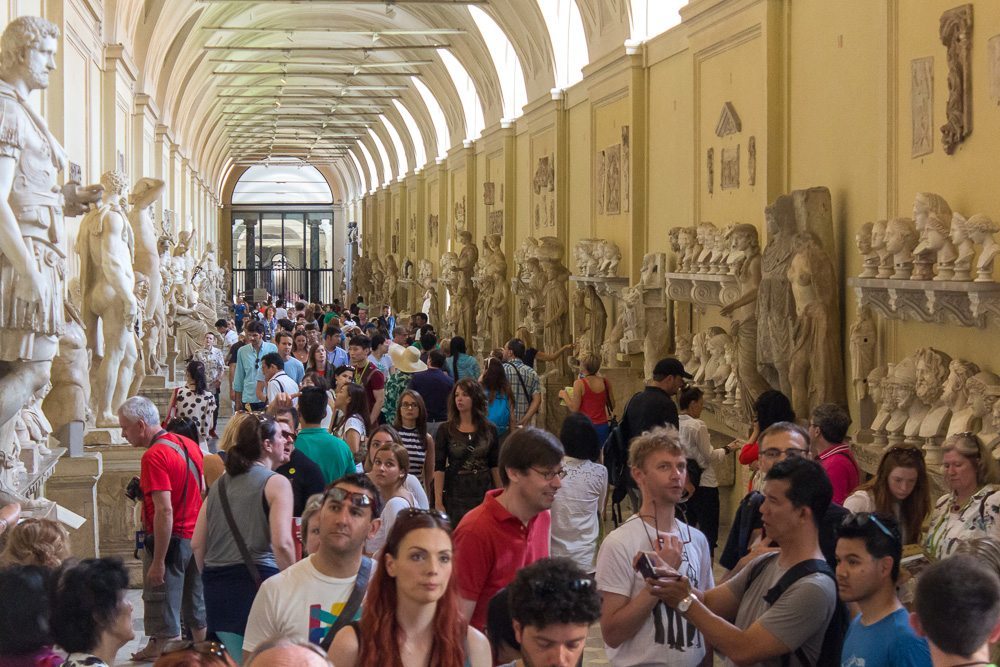
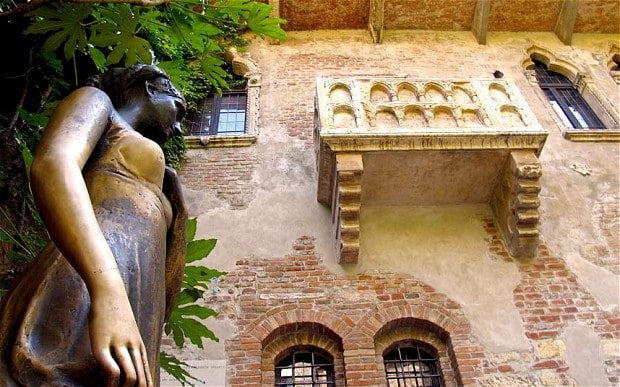
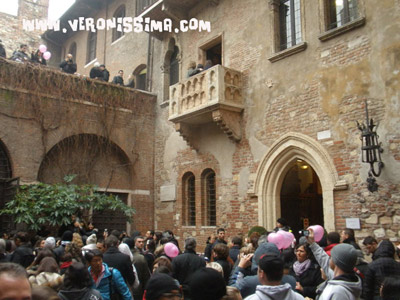

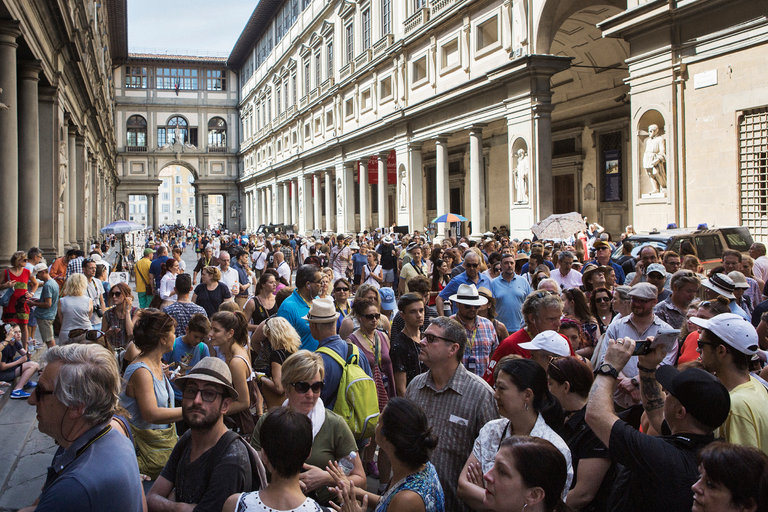
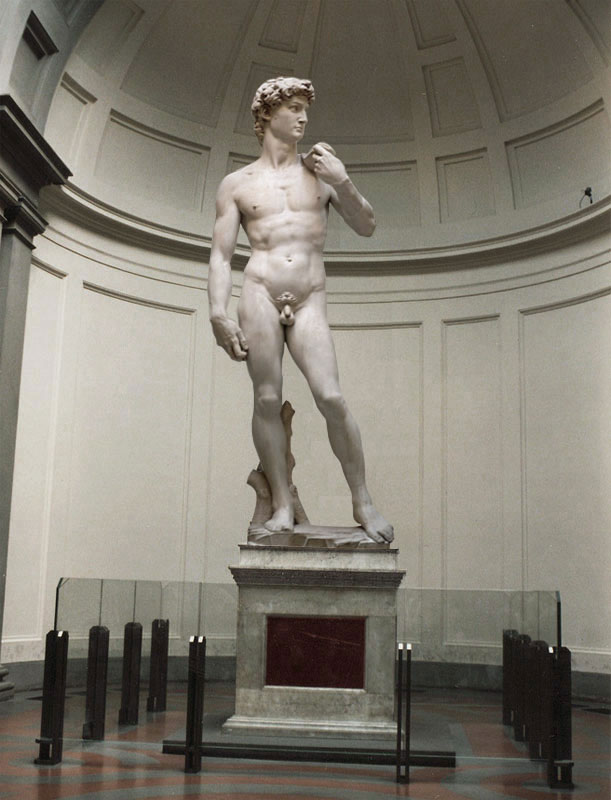
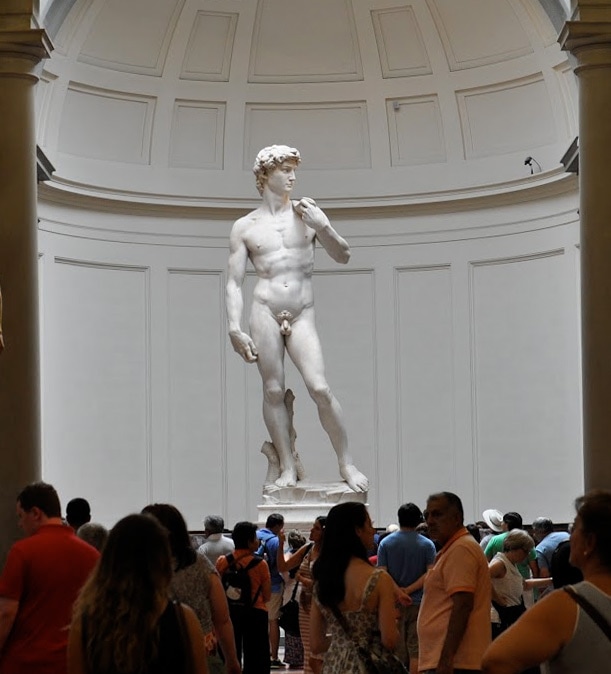

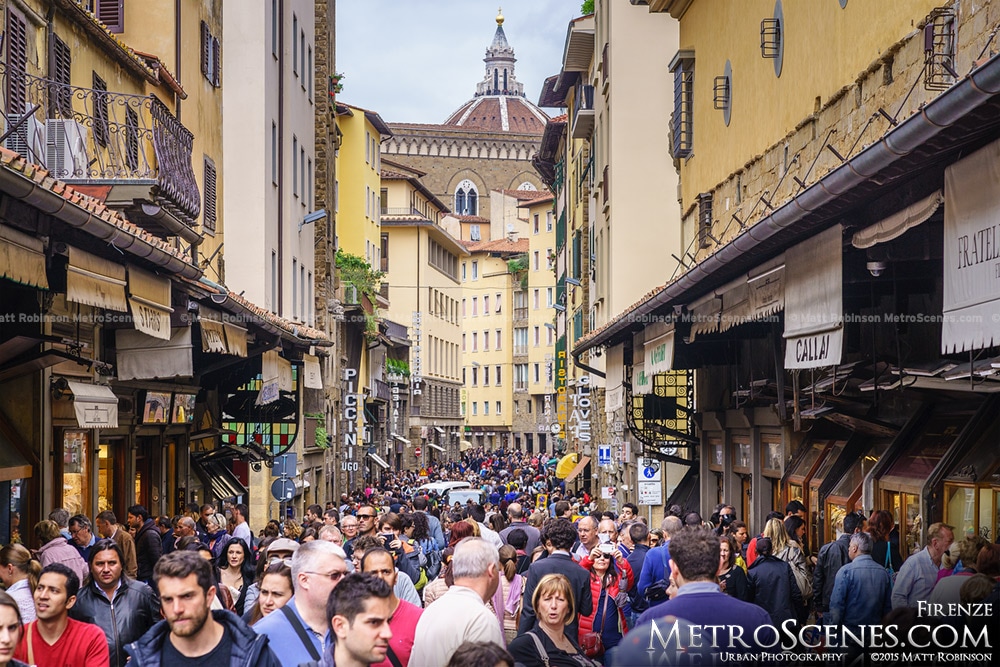
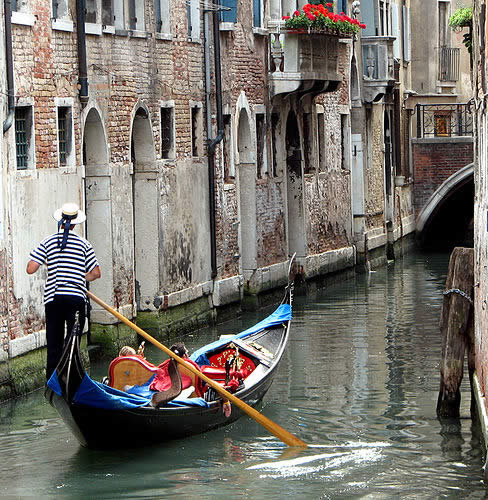
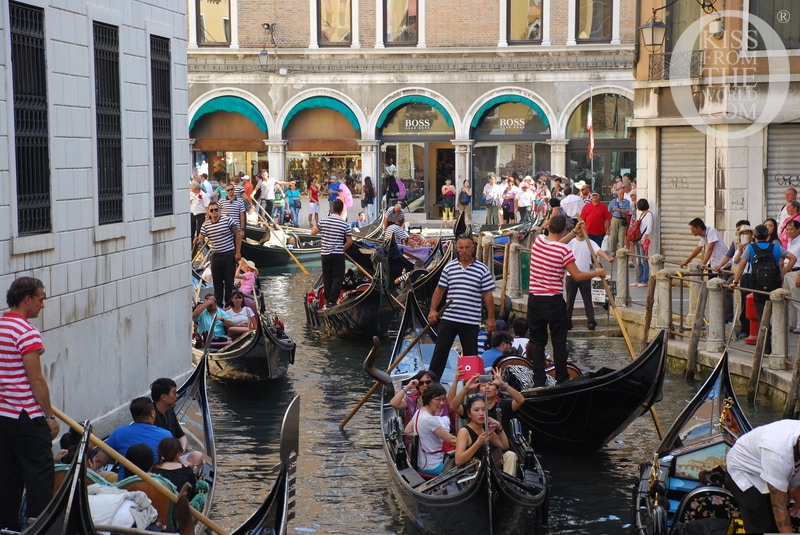
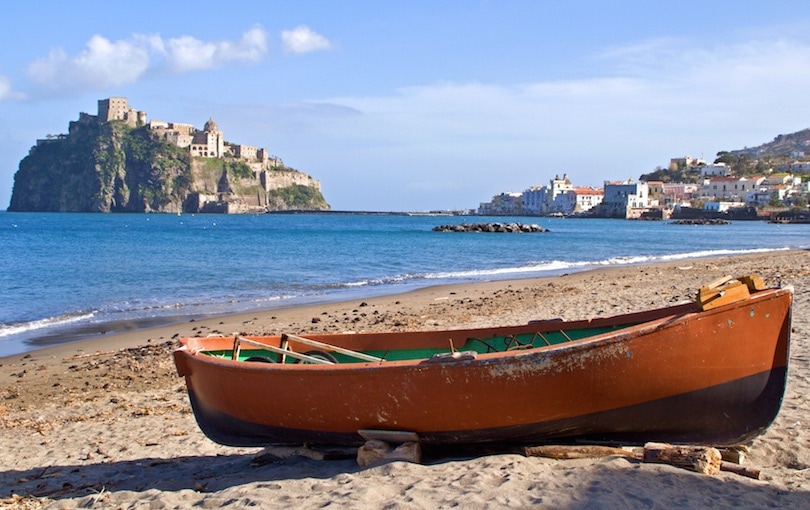
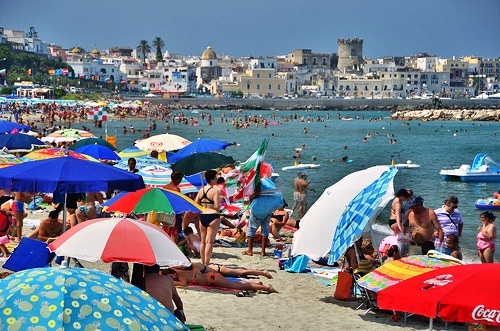
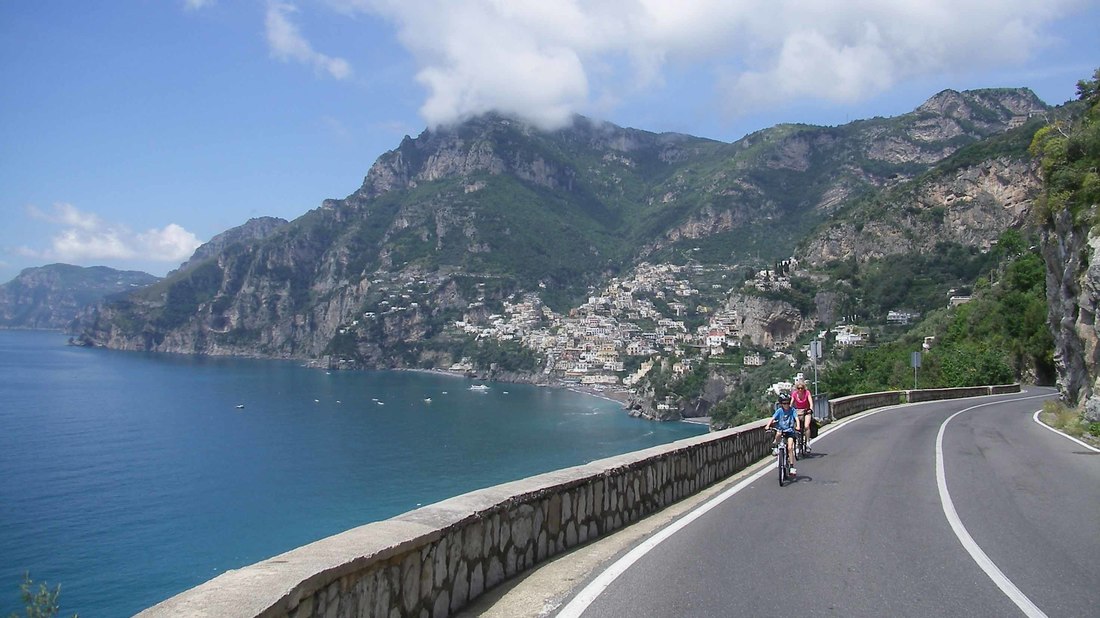
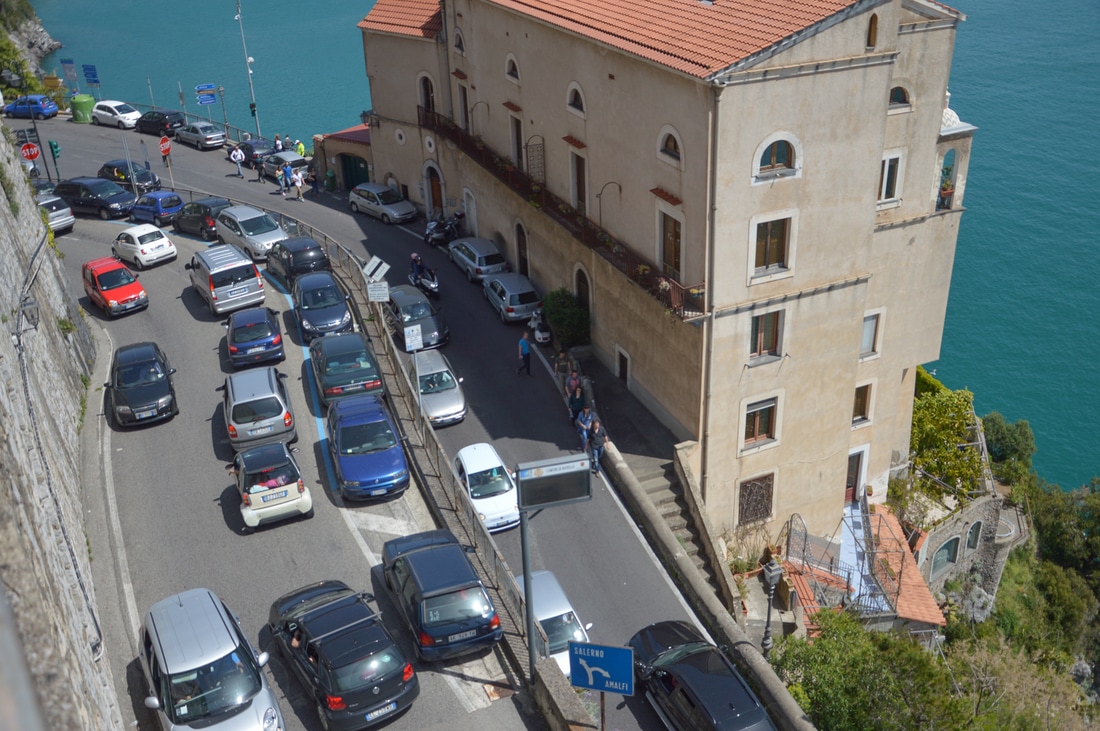
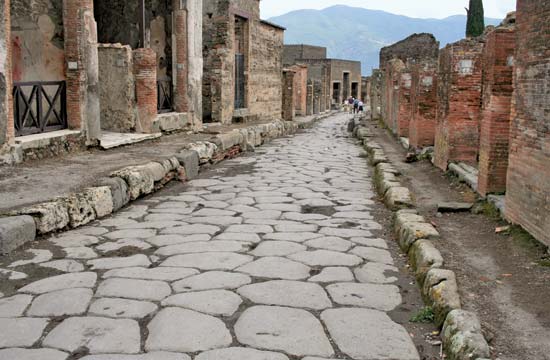
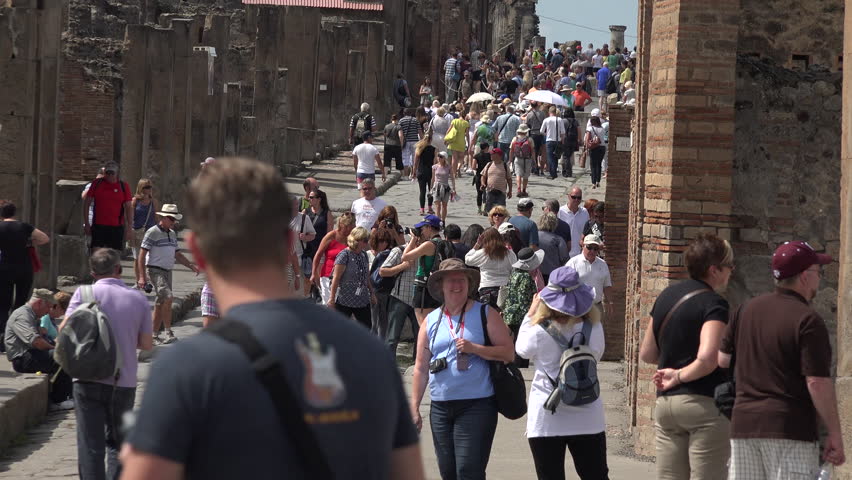
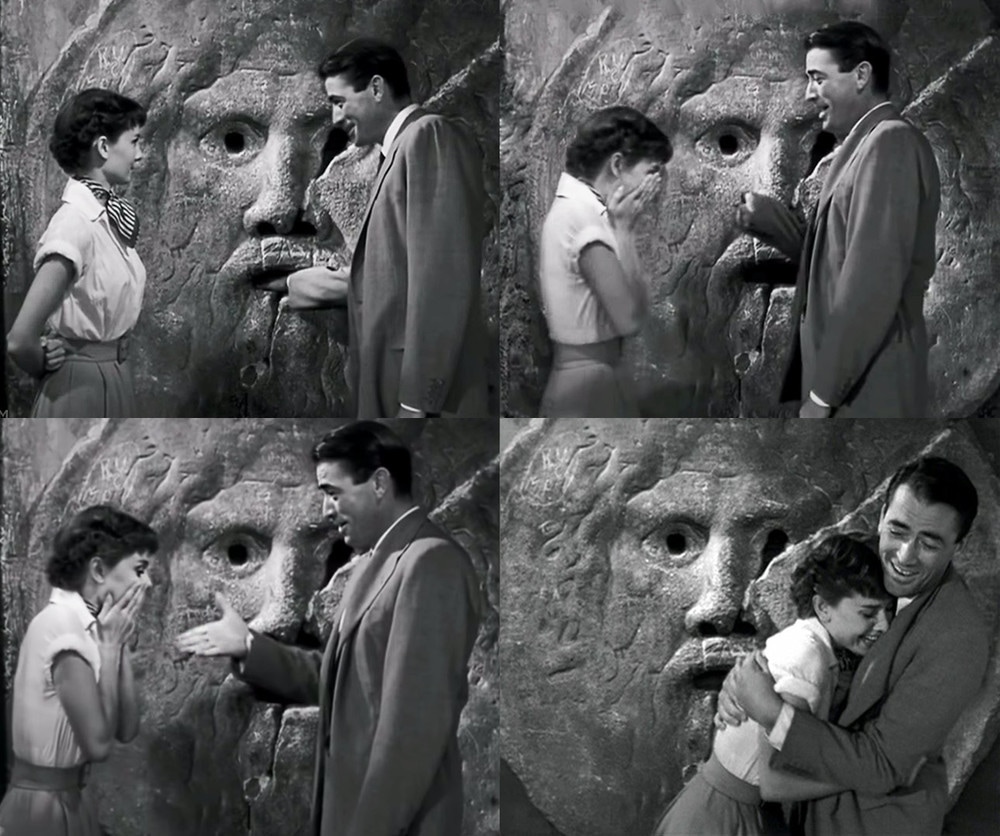
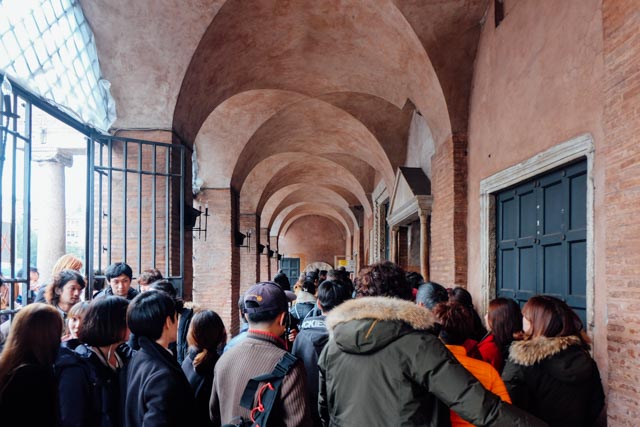

 RSS Feed
RSS Feed
